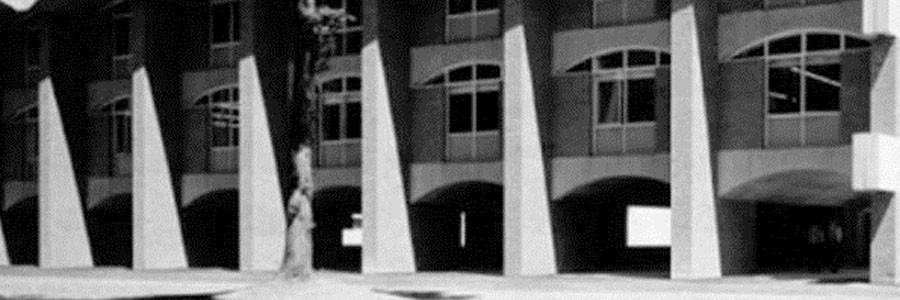By Kerry Moor
We asked one of our current 2022-23 Psychology Professional placement students to tell us about their experience so far. Kerry is completing an internal research placement with the School of Psychology for the Sussex Centre for Research on Kindness. A Professional Placement year is completed between your second and final year of undergraduate study.
Halfway through my second year, I had a sudden realisation that I needed a break from my Psychology degree. As a driven person, I wanted to redirect my life towards goals I wanted to achieve and things I wanted to learn, instead of being forced to sit exam after exam and study lecture after lecture that didn’t elicit a deep passion in me. I understand how hard it is to motivate yourself to do something you really don’t want to do (I’m sorry neurobiology you were never for me), and this is why I am such a big supporter of doing a placement.
Choosing a placement aligns yourself with what you want your career and your life to look like and is a reminder for why you are doing a degree in the first place. I knew many people who either dropped out or always considered it, because university wasn’t what they imagined. I think that perhaps many people don’t know how many opportunities a university offers you; you just have to go looking for them. Sitting exams isn’t so painful when you have a clear idea of why you are sitting them, and doing a placement is what cleared the fog for me.
There are lots of variables that may discourage you from doing a placement: battling the time between completing assignments and writing professional CVs and personal statements, putting in all this effort only to be turned down; not receiving any money for the work you will be doing (many placements are unpaid, but not all); and leaving behind the year group you have spent the past two years with. These are all struggles I have had to face, but I have absolutely no doubt in my mind that doing a placement has been the best thing for my education and for my development in life. If you put in the time to seize opportunities, you will get them. The process can feel discouraging, but I urge you not to give up if it is something you know in your gut that you want.
I believe I got my opportunity through my expression of unfiltered passion. Whilst being professional is important, showing and explaining to employers why you care so much about the opportunity they are presenting is perhaps even more essential. If you don’t feel this way about the placement, maybe it isn’t the right one for you. University is a minefield of choices, and you should only choose the ones you believe will align with your growth and therefore hopefully your happiness.
Luckily, this is how I feel about the opportunity I got. I believe I hit the jackpot on placement opportunities. I work with the Sussex Centre for Research on Kindness (ROK), and I am their first ever placement student.
“Kindness?” people exclaim when I tell them what I am doing with my life at the moment. At first, I barely knew what researching this meant myself. Now, I find myself being seen as an expert on kindness, as I explain to people how kindness is the medicine to many of life’s difficulties. I am proud of all the work that I do, and have felt a great sense of achievement from projects I have led, such as creating The Kindness Corner, which toured campus in November last year.

In my experience, research placements are wonderful, because there is such a wide range of jobs you will get to carry out and experience. I have loved applying the knowledge I have gained from my degree to this placement, and what I have loved even more is all the knowledge I have gained from my placement that soon I will apply to my degree. My 3rd year feels less daunting now I have a deep understanding of what I am specifically passionate about in psychology.
I am so grateful for everyone who I have met and who has helped me along the way in this experience. I have a new belief that people are incredibly wonderful and that the whole point of studying psychology is to help people rediscover their true, kind nature. So, I know I don’t need a formal conclusion for this blog post but, in conclusion, I believe doing a placement is the best reminder for why you are studying what you are studying. A vivid glimpse into what your future may look like or what you don’t want it to look like. An opportunity that reminds you to trust the process in life. And a way to regain motivation for your passions and your decisions.
If anyone has any questions about doing placements, feel free to email me at km636@sussex.ac.uk. There are many people at Sussex uni who can offer help and advice, don’t be afraid to ask. ?
Kerry Moor is completing an internal research placement with the School of Psychology for the Sussex Centre for Research on Kindness.
Current undergraduate Psychology students can find out more information about placements on the ‘Psychology Placement Information’ Canvas module. Peer to peer advice and support is available via our Psychology Student Connector and for general enquiries please email psychologyplacements@sussex.ac.uk.

























Most popular posts coming soon